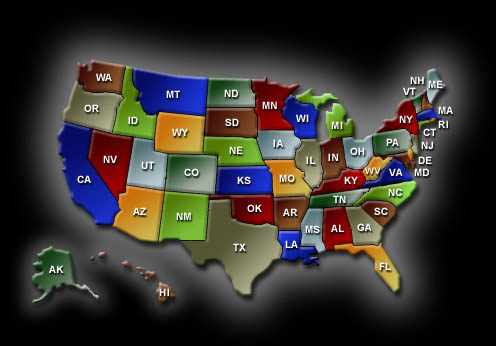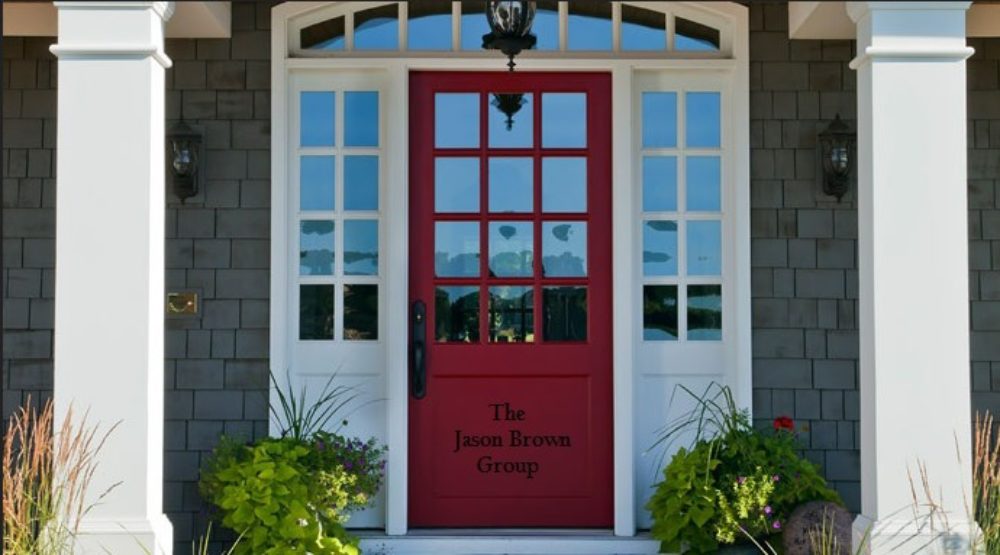Checking The Pulse Of The Kansas City Real Estate Market
The U.S. accused Saddam Hussein of developing chemical, biological and nuclear weapons. An arrest was made in the D.C. sniper gun attacks. Enron happened. That was a long time ago… 9 years to be exact. And the value of the average U.S. home today is now equivalent to the average home price at the time of those events, according to the S&P/Case-Shiller price index. The downward trend is likely to continue until the volume of new foreclosure listings slows. Nearly 40% of U.S. homes sold last month were foreclosures or Short Sales (upside down homeowners praying their lender will accept a payoff lower than the borrower’s loan amount).

The conditions present today make it tough for many typical home sellers to catch a break. Some sellers become nervous when their homes don’t sell quickly. Many will make a knee-jerk reaction to drastically lower their prices as they work to gain market acceptance. This erodes values of surrounding homes and becomes a vicious cycle in some cases. To break the cycle, I believe we’re going to need an extended run of positive economic news (should create more buyer demand in the market) and a sizable reduction in the volume of foreclosure listings hitting the market (less supply of distressed homes will increase the demand for typical resale homes).
Some people predict we’ll never again see the real estate appreciation rates we saw for years in our country. While that may be true, to say that the housing market isn’t going to rebound would be bucking history. Real estate has always rebounded and the pride of homeownership is one of the things that makes our country great. I am amazed when I hear the occasional person say that it’s crazy to own a home. I always tell them, someone is going to own the home they live in. Would they rather it be a landlord making the decisions for them the rest of their lives? I’ve yet to hear a plausible response to the question. Real estate is also a LOCAL phenomena and the numbers reported nationally are drug down drastically by the real estate bubbles that burst in portions of California, Florida, Colorado and Arizona.
